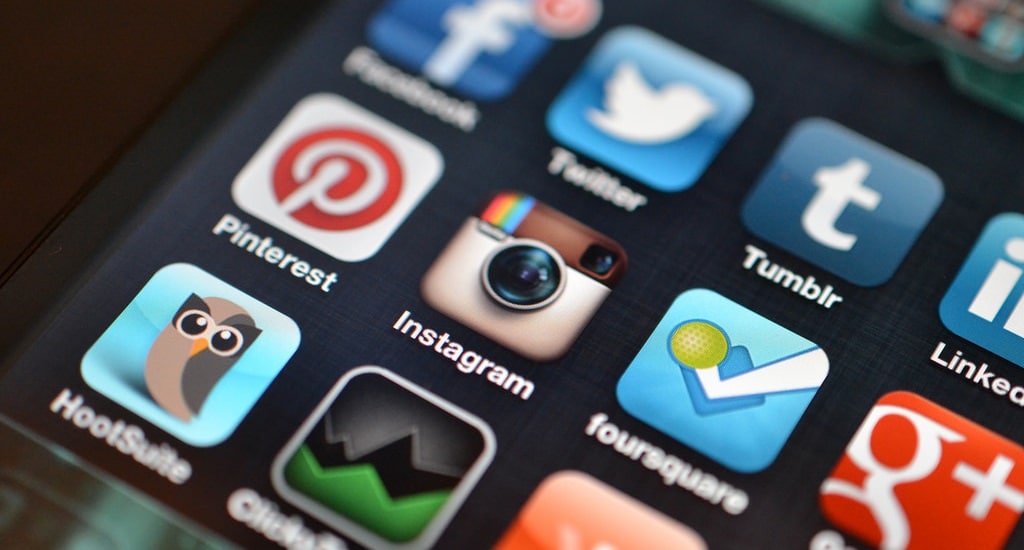Communication has changed drastically over the past 20 years and at the pinnacle of that change is social media. Although consumption of entertainment media between online and offline if pretty equal, it would have been hard to consider social media platforms would grow so quickly and see people consuming entertainment and news sources through social media. This change has affected the marketing space and it is something that a lot of brands are still trying to work out. They understand that there is a great opportunity to gain customers and brand presence using social media digital advertising, but many brands often miss the mark by approaching it in the same way as traditional media.
Traditional marketing previously worked on a readership, viewership, ratings and demographic model, which would see advertisers purchase ad space to get in front of their target audience, which would drive traffic and generate sales. Despite digital advertising and social media marketing working on views, social network audiences are also greatly influenced by relationships and engagement. It is both a pro and a con for marketers.
Pros Of Social Media
It’s Scalable
If brands want to reach their target market quickly, social media is the channel of choice to use in digital advertising. Each platform has millions of daily users every day, Facebook, for instance, has over 1 billion active daily users that social media advertisers have access to through paid posts or even organically by page posts, participating in groups or reaching out to influencers with Facebook pages. The same can be said for other social media platforms such as Reddit, StumbleUpon, Twitter or Google +. Brands can benefit from the ease of use, speed and scale across social media allowing a brand to be current and relevant in its communications.
It’s A Cost-Effective Way To Generate Brand Awareness
In the past, brands had to use traditional media platforms like television, radio or print to build awareness and recall, allowing the brand to remain top of mind for potential consumers. However, the playing field has leveled out by social media advertising as smaller budgets have the ability to promote their products or services to their target audience.
Cons Of Social Media
It Requires Dedicated Management
[pullquote]One to one engagement on social media has the potential to be time-consuming therefore dedicated companies have developed a presence and are engaging with potential followers and influencers.[/pullquote] Social media marketing is a full-time job in itself and it really requires a dedicated specialist or team. To reduce time spent marketing via social media, choose only the platforms relevant to your brand and customers. This in comparison to running a paid advertising campaign, which requires an advertising budget, but minimal time for management.
For example for younger audiences, Snapchat’s is a social media platform to consider. It has seen a rise in popularity and now has 160 million users. For organic engagement, reaching the audience is challenging since the platform requires users to share video or image content regularly, as well as engage with their audience via direct messaging or regular broadcasts. However, dedication to managing the platform and engaging with the social media audience will increase loyalty and advocacy, which will have a direct impact on lead generation and sales.
Brands Can Become Dependent On The Platform
Building an audience is a great way to communicate directly to a brand’s target market, however, it makes the brand dependent on the platform. Should the platform make significant changes, it can impact the entire social media digital advertising strategy that the brand is executing. This has been evident with Facebook’s pages, where the organic reach of brand’s Facebook pages has decreased dramatically to less than 10%. This has been done in a bid to increase advertisers spending to reach their own audience.
Backlashes Can Be Severe If The Campaign Isn’t Managed Well
The social media audience can be quick to vent their anger or disdain if they don’t see eye to eye with what brands are communicating. Earlier this year, a PepsiCo ad featuring Kendall Jenner faced a severe social media backlash after people took to Twitter to ridicule the ad for trivializing protests. This forced PepsiCo to pull the ad and issue a public apology. Additionally, the company received negative press in just a matter of hours, which could have negatively affected the brand’s image. As seen, approaching social media digital advertising the right way has become ever so vitally important.
Examples Of Social Media Being Used Productively
Brands can use social media to gain insights and feedback in real time. When products or campaigns are launched, brands can use social media insights to track the sentiment and response to launches. This has been implemented successfully in the political sphere as a communication tool that will motivate people to vote.
The 44th President of the United States Barack Obama championed himself to the presidency by using social media to connect with voters. Stanford University published an interesting article on how social media was used to reach voters at the ‘grassroots level’. Attributing Obama’s social media strategy to be an integral part of how Obama empowered voters to make a difference by voting. At the time, his opposing candidate John McCain had missed this opportunity and Obama won the presidency by over 200 electoral votes.
Social media marketing needs to be a part of the marketing mix and brand managers must invest wholly to see the brand reap positive rewards. Engagement and loyalty cannot be bought. It must be earned. And this loyalty can last a lifetime.
For more information and tips on digital marketing here on Bit Rebels, click here!

COMMENTS